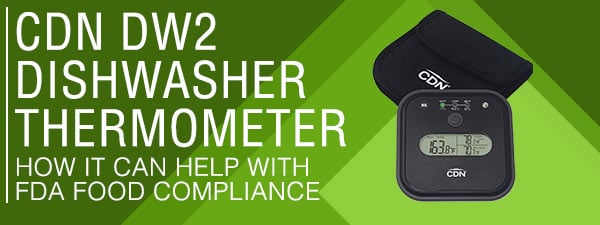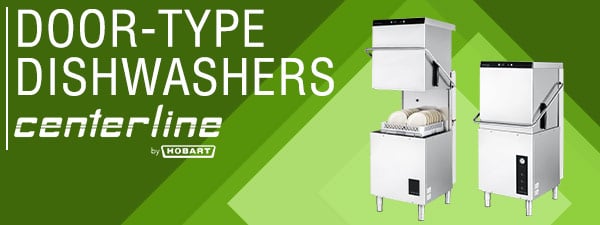Preparing Your Beer System for Long-Term Closure | Cleaning & Storage
- Mar 19, 2020
- 0 Comments

Protect your beer system from the negative consequences (such as bacteria growth) that can be caused by lack of use with proper cleaning and storage techniques, as well as by using quality cleaning products from trusted brands like National Chemicals.
Beer Dispensing System Cleaning
-
Clean system with your standard beer line cleaner, such as BLC or Penetrate.
BLC is perfect for the removal of hard beer stone and other mineral build-up. It's uniquely designed with potassium hydroxide, allowing it to mix quickly while not corroding any metal parts.
Penetrate effectively removes beer stone and beer protein build-up on the inside of the keg hose. It's the strongest beer line cleaner we carry, perfect for longer beer hoses.
-
Rinse well.
Sanitize with 100 PPM chlorine solution (.42 oz of BTF powder in 2.5 gallons of water).
Put a beer faucet cap on each faucet to keep the bugs out.
Glycol Line Storage Solutions
After you've cleaned your system, you will need to keep your glycol lines packed with solution. Because the potential for bacteria and other growth is dependent on the temperature of your establishment (higher temperatures create a more welcoming environment for bacteria), National Chemicals has three different solution options:
- Lowest Expected Interior Temperature Less Than 32 Degrees Fahrenheit - Propylene glycol solution. Important: Before packing your line with propylene glycol, you must rinse away the chlorine sanitizer.
- Lowest Expected Interior Temperature 33-40 Degrees Fahrenheit - 6-8% ethanol solution. This solution is simple to make - dilute 80 proof vodka in a 1:6 ratio with water.
- Lowest Expected Interior Temperature Greater Than 40 Degrees Fahrenheit - 25-50 PPM chlorine solution. One BTF sanitizer pouch (or .42 oz of BTF powder) and 5 gallons of water are all that is needed for this solution.
















